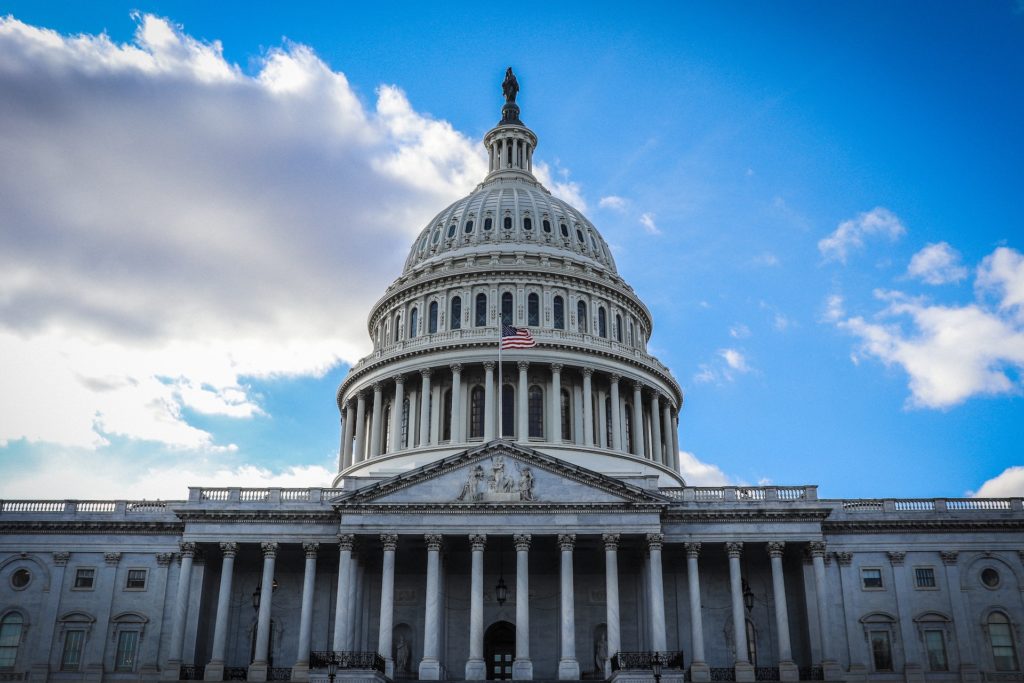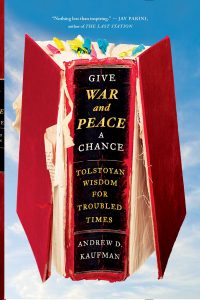As Educators, What Can We Learn from the Attack on the Capitol?
A week after protesters stormed the U.S. Capitol on January 6, the pictures are still hard to fathom. While peaceful demonstrations are rightfully a part of life in Washington, this incident is unlike anything we’ve seen in two centuries.
The Senate chamber was breached by people wearing combat gear and carrying zip ties. A Confederate battle flag was paraded through the Capitol rotunda. Police officers were assaulted, the Speaker of the House’s office was taken over, and at least five people died.
There’s a lot to digest when it comes to the events at the Capitol on January 6, and it’s easy to get caught up in the minutiae of the unprecedented tragedy. But as educators, we can also take a step back and help come to terms with the more significant forces at play here, helping our students understand the consequences of our actions.
Without getting into the political weeds, I think it’s possible to highlight several timeless lessons for educators from the events of the last week:
The Truth Matters
Politicians don’t have the best reputation for truthfulness, but President Trump had destroyed the norms of the office even before losing the election.
According to the Washington Post, Trump had reached more than 20,000 false or misleading claims by August 2020.
After his loss, he began a campaign of blatant disinformation to promote the idea that the election was “stolen” from him, without any reputable information to back it up.
Where we get our information is an important question (and worth exploring in another blog post). Still, we have to teach our students to rely on evidence to evaluate the truthfulness of a statement of fact.
- Where does that information come from?
- Where did that person get the original data?
- Are there other sources to confirm this information?
Every one of Trump’s allegations was convincingly refuted by anyone willing to dig into the issue. Yet he was able to convince a sizable portion of the country to question the integrity of the election. It’s our job as educators to help create better citizens who can see when they are being manipulated.
Respect for Others is Paramount
A bedrock principle of the classroom is respect for everyone. Yet outside of the classroom, students see more and more examples in which people are scorned for who they are, where they come from, or what they believe. Trump may be the worst offender, but this is unfortunately a longtime trend in public life.
As educators, it’s never been more critical to teach our students that you can disagree with other people without demonizing them. One of the most valuable ways we can do this is by modeling it. We also should offer students examples of how this principle works in the real world.
Take this instance from President George H.W. Bush, who wrote an unforgettable letter to President Bill Clinton after losing the 1992 election. Bush, like Trump, became a one-term president, yet he reacted with grace and respect to the person taking charge after him. As he ended his letter, “Your success is our country’s success. I am rooting hard for you.”
Stand Up for What is Right
There are lots of villains in this Capitol saga, but you can also find examples of people doing the right thing in the face of pressure. Look at the Georgia Secretary of State, Brad Raffensperger—a fellow Republican—who was pressured by Trump to “find” him more votes. But Raffensberger, in a phone call leaked to the media, pushed back against the president time after time, even when Trump threatened his political future.
Other state-level officeholders did the same, responding to the president with facts and legal arguments when he argued for loyalty. Even Vice President Pence broke from Trump to execute his duties as president of the Senate to confirm President-elect Biden’s election.
For that, he was threatened with violence.
Doing your job isn’t always easy, but it’s essential for our democracy to function. Educators can emphasize the urgency of following the rule of law and why breaking norms can lead to disastrous consequences. We should also teach students that getting to the right answer may help you pass a test, but doing the right thing will help you live a life of integrity and purpose.
Our Institutions Saved the Day
Finally, we must remember that what saved this Capitol fiasco from being even worse is that our institutions functioned as our founders had hoped in a period of crisis. The checks and balances built into the Constitution were designed to keep any branch of government from breaking our democratic norms. In the contested states and at the Supreme Court, the judges followed the law.
State legislatures appointed their selected delegates, whether they agreed with the results or not. Even in the House and Senate, members of Trump’s party denied his wishes to overturn the election, and some are now even supporting his impeachment.
It’s easy to find faults in our system. But it’s also crucial to see the beauty in its design that enables democracy to function, even when its leader has no qualms about ignoring the will of the people.
Educators are an essential part of helping students to understand the role of each branch of the government and how they fit into the big picture. By teaching this lesson, we help students appreciate the resiliency of our nation and regain their faith in the future.
In these trying times, we can all think about how to best teach these lessons to our students. It’s important for them—and for our country—that we do so.
***
Connect with Dr. Kaufman on Amazon, Twitter, Facebook, LinkedIn, Instagram, or YouTube, and sign up for his newsletter here.
Follow Books Behind Bars on Twitter and Facebook.
Purchase Give War and Peace A Chance: Tolstoyan Wisdom For Troubled Times
Mailing List
To receive monthly articles, inspiration, and updates, including updates about Andy's new book, The Gambler Wife: A True Story of Love, Risk, and the Woman Who Saved Dostoyevsky, please fill out the form below.

